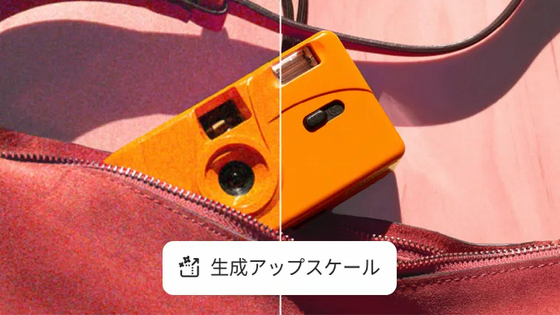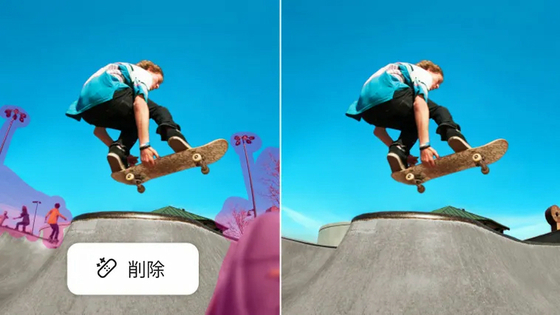New image editing features using generative AI have been added to Photoshop, including a 'generative upscaling' feature that increases image quality up to 8 megapixels and a 'harmony' feature that enables natural compositing with just a few clicks.

Adobe has announced the July update for its image editing software,
Powerful new Photoshop innovations for creators and creative pros | Adobe Blog
https://blog.adobe.com/en/publish/2025/07/29/powerful-new-photoshop-innovations-creators-creative-pros
The 'Generic Upscaling' feature is now available in beta on the desktop and web versions of Photoshop, and promises to deliver high-quality resolution improvements of up to 8 megapixels without sacrificing image clarity.

The Harmony feature, first announced as 'Project Perfect Blend' at Adobe MAX in October 2024, uses Adobe's generative AI, Firefly Image Model, to create realistic blends of images in just a few clicks.
In the video below, a flamingo float is layered over a landscape photo. The lighting and coloring are different, so it's easy to see that it's been combined. But with the Harmonize feature, AI automatically adjusts color, lighting, shadows, and tone with just a few clicks, creating a unified composite image.
Harmony is available in beta for Adobe Photoshop desktop and web, and in early access for iOS.
In addition, the removal tool has been enhanced on both the desktop and web versions using the Firefly Image Model, allowing for more accurate and higher quality image cleanup than ever before.

Additionally, the desktop version now includes a new 'Generative AI Model Picker' that allows you to select the generative AI model when using 'Generative Fill' and 'Generative Augmentation.' The available AI models are Adobe Firefly Image 1 and Adobe Firefly Image 3.
Additionally, we're introducing Projects in beta, a way to manage and organize your work files and deliverables. By consolidating all your assets in one organized, shared space, you can eliminate the need to hunt for files scattered across multiple local drives, streamline slow and fragmented collaboration, and eliminate the need to manually pass individual assets back and forth.
These features will be available from July 30, 2025, Japan time.